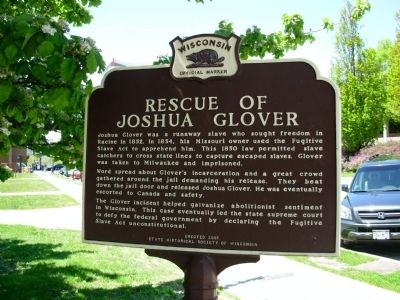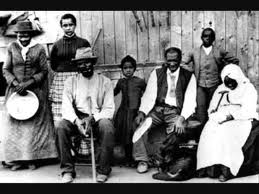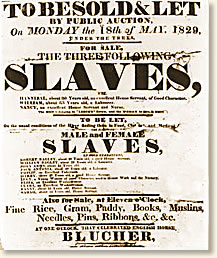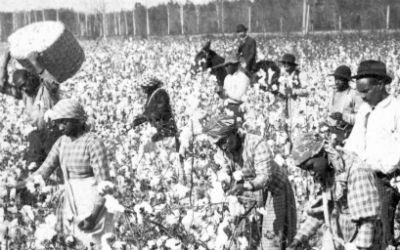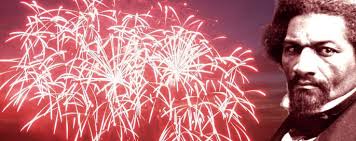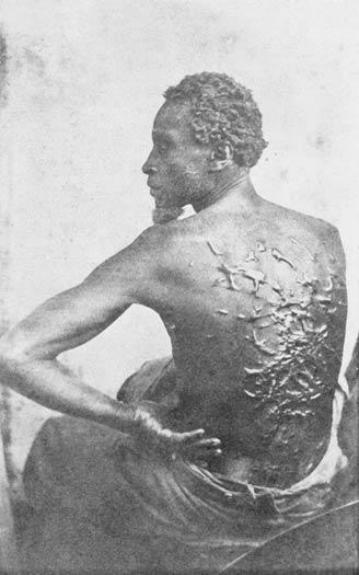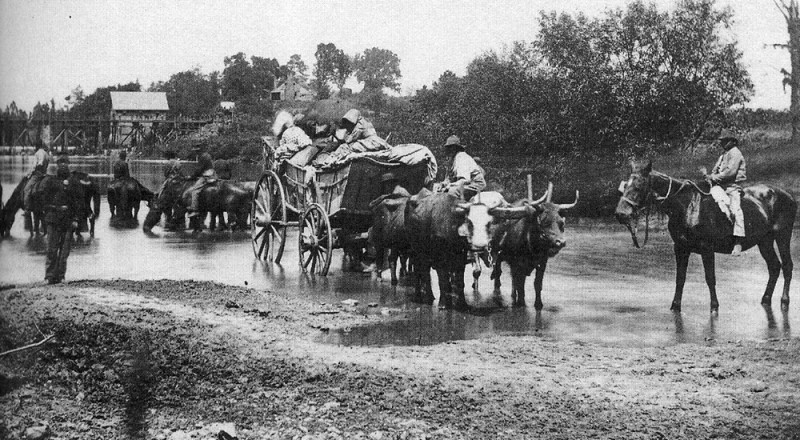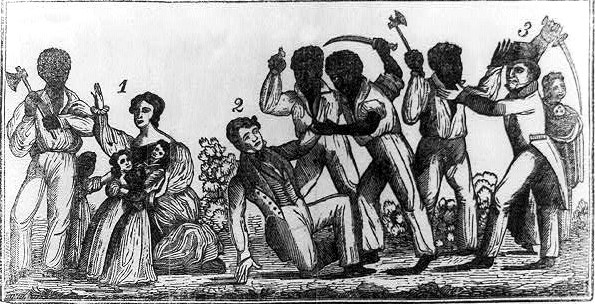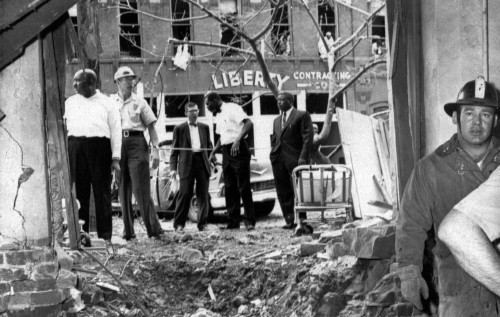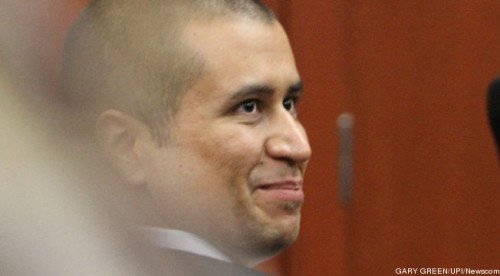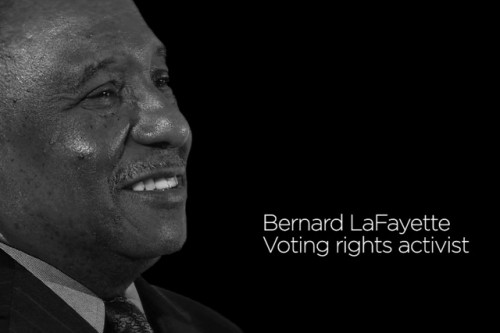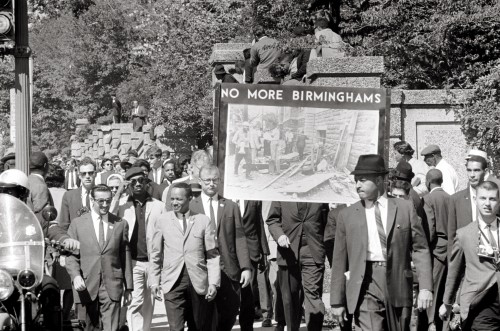Explore Our Online Exhibits
Breaking News
Worldwide Community Events
Week 3
- Sun 30
- Mon 31
- Tue 1
- Wed 2
- Thu 3
- Fri 4
- Sat 5
- Sun 6
- Mon 7
- Tue 8
- Wed 9
- Thu 10
- Fri 11
- Sat 12
- Sun 13
- Mon 14
- Tue 15
- Wed 16
- Thu 17
- Fri 18
- Sat 19
- Sun 20
- Mon 21
- Tue 22
- Wed 23
- Thu 24
- Fri 25
- Sat 26
- Sun 27
- Mon 28
- Tue 29
- Wed 30
- Thu 1
- Fri 2
- Sat 3
-
30March

Discounted Tours Every Wednesday
ABHM in Milwaukee, WI30March30March 30March
30March 8:00 AM - 12:00 AM
8:00 AM - 12:00 AMSailing to Freedom: Maritime Dimensions of the Underground Railroad
Chesapeake Bay Maritime Museum30March 8:00 AM - 12:00 AM
8:00 AM - 12:00 AMEbb/Flow: Pritika Chowdhry, Chotsani Elaine Dean and Courtney M. Leonard
Weisman Art Museum -
31March

Discounted Tours Every Wednesday
ABHM in Milwaukee, WI31March31March 31March
31March All Day
All DaySailing to Freedom: Maritime Dimensions of the Underground Railroad
Chesapeake Bay Maritime Museum31March
-
01April

Discounted Tours Every Wednesday
ABHM in Milwaukee, WI01April01April 01April
01April All Day
All DaySailing to Freedom: Maritime Dimensions of the Underground Railroad
Chesapeake Bay Maritime Museum01April
-
02April

Discounted Tours Every Wednesday
ABHM in Milwaukee, WI02April02April 02April
02April All Day
All DaySailing to Freedom: Maritime Dimensions of the Underground Railroad
Chesapeake Bay Maritime Museum02April
-
03April

Discounted Tours Every Wednesday
ABHM in Milwaukee, WI03April03April 03April
03April All Day
All DaySailing to Freedom: Maritime Dimensions of the Underground Railroad
Chesapeake Bay Maritime Museum03April 03April
03April 6:00 PM - 7:00 PM
6:00 PM - 7:00 PMTracing Early African American Legacies in Minnesota
Winona County Historical Society -
04April

Discounted Tours Every Wednesday
ABHM in Milwaukee, WI04April04April 04April
04April All Day
All DaySailing to Freedom: Maritime Dimensions of the Underground Railroad
Chesapeake Bay Maritime Museum04April
-
05April

Discounted Tours Every Wednesday
ABHM in Milwaukee, WI05April05April 05April
05April All Day
All DaySailing to Freedom: Maritime Dimensions of the Underground Railroad
Chesapeake Bay Maritime Museum05April 05April
05April 05April
05April
-
06April

Discounted Tours Every Wednesday
ABHM in Milwaukee, WI06April06April 06April
06April All Day
All DaySailing to Freedom: Maritime Dimensions of the Underground Railroad
Chesapeake Bay Maritime Museum06April
-
07April

Discounted Tours Every Wednesday
ABHM in Milwaukee, WI07April07April 07April
07April All Day
All DaySailing to Freedom: Maritime Dimensions of the Underground Railroad
Chesapeake Bay Maritime Museum07April
-
08April

Discounted Tours Every Wednesday
ABHM in Milwaukee, WI08April08April 08April
08April All Day
All DaySailing to Freedom: Maritime Dimensions of the Underground Railroad
Chesapeake Bay Maritime Museum08April
-
09April

Discounted Tours Every Wednesday
ABHM in Milwaukee, WI09April09April 09April
09April All Day
All DaySailing to Freedom: Maritime Dimensions of the Underground Railroad
Chesapeake Bay Maritime Museum09April
-
10April

Discounted Tours Every Wednesday
ABHM in Milwaukee, WI10April10April 10April
10April All Day
All DaySailing to Freedom: Maritime Dimensions of the Underground Railroad
Chesapeake Bay Maritime Museum10April 10April
10April
-
11April

Discounted Tours Every Wednesday
ABHM in Milwaukee, WI11April11April 11April
11April All Day
All DaySailing to Freedom: Maritime Dimensions of the Underground Railroad
Chesapeake Bay Maritime Museum11April 11April
11April
Going To Work For The Community: A Visual History of BSLL
Grohmann Museum -
12April

Discounted Tours Every Wednesday
ABHM in Milwaukee, WI12April12April 12April
12April All Day
All DaySailing to Freedom: Maritime Dimensions of the Underground Railroad
Chesapeake Bay Maritime Museum12April 12April
12April
Going To Work For The Community: A Visual History of BSLL
Grohmann Museum -
13April

Discounted Tours Every Wednesday
ABHM in Milwaukee, WI13April13April 13April
13April All Day
All DaySailing to Freedom: Maritime Dimensions of the Underground Railroad
Chesapeake Bay Maritime Museum13April 13April
13April
Going To Work For The Community: A Visual History of BSLL
Grohmann Museum -
14April

Discounted Tours Every Wednesday
ABHM in Milwaukee, WI14April14April 14April
14April All Day
All DaySailing to Freedom: Maritime Dimensions of the Underground Railroad
Chesapeake Bay Maritime Museum14April 14April
14April
Going To Work For The Community: A Visual History of BSLL
Grohmann Museum -
15April

Discounted Tours Every Wednesday
ABHM in Milwaukee, WI15April
National Association of Black Social Workers Conference 2025
Richmond, VA Marriott15April15April 15April
15April All Day
All DaySailing to Freedom: Maritime Dimensions of the Underground Railroad
Chesapeake Bay Maritime Museum15April 15April
15April
Going To Work For The Community: A Visual History of BSLL
Grohmann Museum -
16April

Discounted Tours Every Wednesday
ABHM in Milwaukee, WI16April
National Association of Black Social Workers Conference 2025
Richmond, VA Marriott16April16April 16April
16April All Day
All DaySailing to Freedom: Maritime Dimensions of the Underground Railroad
Chesapeake Bay Maritime Museum16April 16April
16April
Going To Work For The Community: A Visual History of BSLL
Grohmann Museum -
17April

Discounted Tours Every Wednesday
ABHM in Milwaukee, WI17April
National Association of Black Social Workers Conference 2025
Richmond, VA Marriott17April17April 17April
17April All Day
All DaySailing to Freedom: Maritime Dimensions of the Underground Railroad
Chesapeake Bay Maritime Museum17April 17April
17April
Going To Work For The Community: A Visual History of BSLL
Grohmann Museum -
18April

Discounted Tours Every Wednesday
ABHM in Milwaukee, WI18April
National Association of Black Social Workers Conference 2025
Richmond, VA Marriott18April18April 18April
18April All Day
All DaySailing to Freedom: Maritime Dimensions of the Underground Railroad
Chesapeake Bay Maritime Museum18April 18April
18April
Going To Work For The Community: A Visual History of BSLL
Grohmann Museum -
19April

Discounted Tours Every Wednesday
ABHM in Milwaukee, WI19April
National Association of Black Social Workers Conference 2025
Richmond, VA Marriott19April19April 19April
19April All Day
All DaySailing to Freedom: Maritime Dimensions of the Underground Railroad
Chesapeake Bay Maritime Museum19April 19April
19April
Going To Work For The Community: A Visual History of BSLL
Grohmann Museum -
20April

Discounted Tours Every Wednesday
ABHM in Milwaukee, WI20April20April 20April
20April All Day
All DaySailing to Freedom: Maritime Dimensions of the Underground Railroad
Chesapeake Bay Maritime Museum20April 20April
20April
Going To Work For The Community: A Visual History of BSLL
Grohmann Museum -
21April

Discounted Tours Every Wednesday
ABHM in Milwaukee, WI21April21April 21April
21April All Day
All DaySailing to Freedom: Maritime Dimensions of the Underground Railroad
Chesapeake Bay Maritime Museum21April 21April
21April
Going To Work For The Community: A Visual History of BSLL
Grohmann Museum -
22April

Discounted Tours Every Wednesday
ABHM in Milwaukee, WI22April22April 22April
22April All Day
All DaySailing to Freedom: Maritime Dimensions of the Underground Railroad
Chesapeake Bay Maritime Museum22April 22April
22April
Going To Work For The Community: A Visual History of BSLL
Grohmann Museum -
23April

Discounted Tours Every Wednesday
ABHM in Milwaukee, WI23April23April 23April
23April All Day
All DaySailing to Freedom: Maritime Dimensions of the Underground Railroad
Chesapeake Bay Maritime Museum23April 23April
23April
Going To Work For The Community: A Visual History of BSLL
Grohmann Museum -
24April

Discounted Tours Every Wednesday
ABHM in Milwaukee, WI24April24April 24April
24April All Day
All DaySailing to Freedom: Maritime Dimensions of the Underground Railroad
Chesapeake Bay Maritime Museum24April 24April24April
24April24April
Going To Work For The Community: A Visual History of BSLL
Grohmann Museum24April
-
25April

Discounted Tours Every Wednesday
ABHM in Milwaukee, WI25April25April 25April
25April All Day
All DaySailing to Freedom: Maritime Dimensions of the Underground Railroad
Chesapeake Bay Maritime Museum25April 25April25April
25April25April
Going To Work For The Community: A Visual History of BSLL
Grohmann Museum -
26April

Discounted Tours Every Wednesday
ABHM in Milwaukee, WI26April26April 26April
26April All Day
All DaySailing to Freedom: Maritime Dimensions of the Underground Railroad
Chesapeake Bay Maritime Museum26April 26April26April
26April26April
Going To Work For The Community: A Visual History of BSLL
Grohmann Museum -
27April

Discounted Tours Every Wednesday
ABHM in Milwaukee, WI27April27April 27April
27April All Day
All DaySailing to Freedom: Maritime Dimensions of the Underground Railroad
Chesapeake Bay Maritime Museum27April 27April27April
27April27April
Going To Work For The Community: A Visual History of BSLL
Grohmann Museum -
28April

Discounted Tours Every Wednesday
ABHM in Milwaukee, WI28April28April 28April
28April All Day
All DaySailing to Freedom: Maritime Dimensions of the Underground Railroad
Chesapeake Bay Maritime Museum28April 28April28April
28April28April
Going To Work For The Community: A Visual History of BSLL
Grohmann Museum -
29April

Discounted Tours Every Wednesday
ABHM in Milwaukee, WI29April29April 29April
29April All Day
All DaySailing to Freedom: Maritime Dimensions of the Underground Railroad
Chesapeake Bay Maritime Museum29April 29April29April
29April29April
Going To Work For The Community: A Visual History of BSLL
Grohmann Museum -
30April

Discounted Tours Every Wednesday
ABHM in Milwaukee, WI30April30April 30April
30April All Day
All DaySailing to Freedom: Maritime Dimensions of the Underground Railroad
Chesapeake Bay Maritime Museum30April 30April30April
30April30April 30April
30April
Going To Work For The Community: A Visual History of BSLL
Grohmann Museum -
01May

Discounted Tours Every Wednesday
ABHM in Milwaukee, WI01May01May 01May
01May All Day
All DaySailing to Freedom: Maritime Dimensions of the Underground Railroad
Chesapeake Bay Maritime Museum01May 01May01May
01May01May 01May
01May
Going To Work For The Community: A Visual History of BSLL
Grohmann Museum -
02May

Discounted Tours Every Wednesday
ABHM in Milwaukee, WI02May02May 02May
02May All Day
All DaySailing to Freedom: Maritime Dimensions of the Underground Railroad
Chesapeake Bay Maritime Museum02May 02May02May
02May02May 02May
02May
Going To Work For The Community: A Visual History of BSLL
Grohmann Museum -
03May

Discounted Tours Every Wednesday
ABHM in Milwaukee, WI03May03May 03May
03May All Day
All DaySailing to Freedom: Maritime Dimensions of the Underground Railroad
Chesapeake Bay Maritime Museum03May 03May03May
03May03May 03May
03May
Going To Work For The Community: A Visual History of BSLL
Grohmann Museum
Share
"Resistance" is one of America's Black Holocaust Museum's four themes, which serve as pillars in our virtual museum.
People of African descent in this country have been targets of injustice for five hundred years, but they have not been simply victims. At America's Black Holocaust Virtual Museum, we remember the many ways that black people and freedom-loving white people have resisted injustice, even when doing so threatened their lives and liberty.
However, resistance can also take on a negative format when those people who have benefitted from systemic racism oppose changes that would benefit the Black community or other people of color. We are currently in the midst of cultural and political resistance that threatens equality and progress.
Many events and breaking news articles continue to showcase this theme as Black Americans break stereotypes and barriers to success.
The day after four little girls were murdered in church, a young white family man gave a speech about racism at a meeting of his Birmingham men’s club. He was to be forever shunned. This is what he said.
Read More About This TopicHarvard professor Lawrence Bobo explains how the Zimmerman verdict reflects the racism at America’s core – leading to the continual dehumanization of blacks. When cultural racism is this deeply embedded in America’s basic cultural toolkit, it need not be named or even consciously embraced to work its ill effects.
Read More About This TopicBernard Lafayette is one of the founding fathers of the Voting Rights Act. He was part of a small interracial army of men and women who presented their bodies as living sacrifices for the Act. Some lost their friends, their families, their minds — even their lives. But 50 years after their greatest triumph, their struggle is in danger of being lost.
Read More About This TopicWhy didn’t the Civil Rights Movement end racism in America? The social movements of the 1960s achieved some important changes for civil rights, women’s rights, and the environment. However, not everyone agreed with these changes. During the 1970s and 1980s, opponents started a movement of their own. Their goal was to overturn the gains of the 1960s.
Read More About This TopicThe 1960s saw an upsurge in civil rights and other organizations promoting freedom and equality for blacks and women. The 1970s brought a backlash against those movements by well-funded and well-placed organizations of the Right seeking more freedom for corporations and a return to traditional roles for women. In the 1980’s, hip-hop and punk rock music expressed anger at “The Power” through their lyrics instead of through actions to change laws.
Read More About This Topic- « Previous
- 1
- 2
